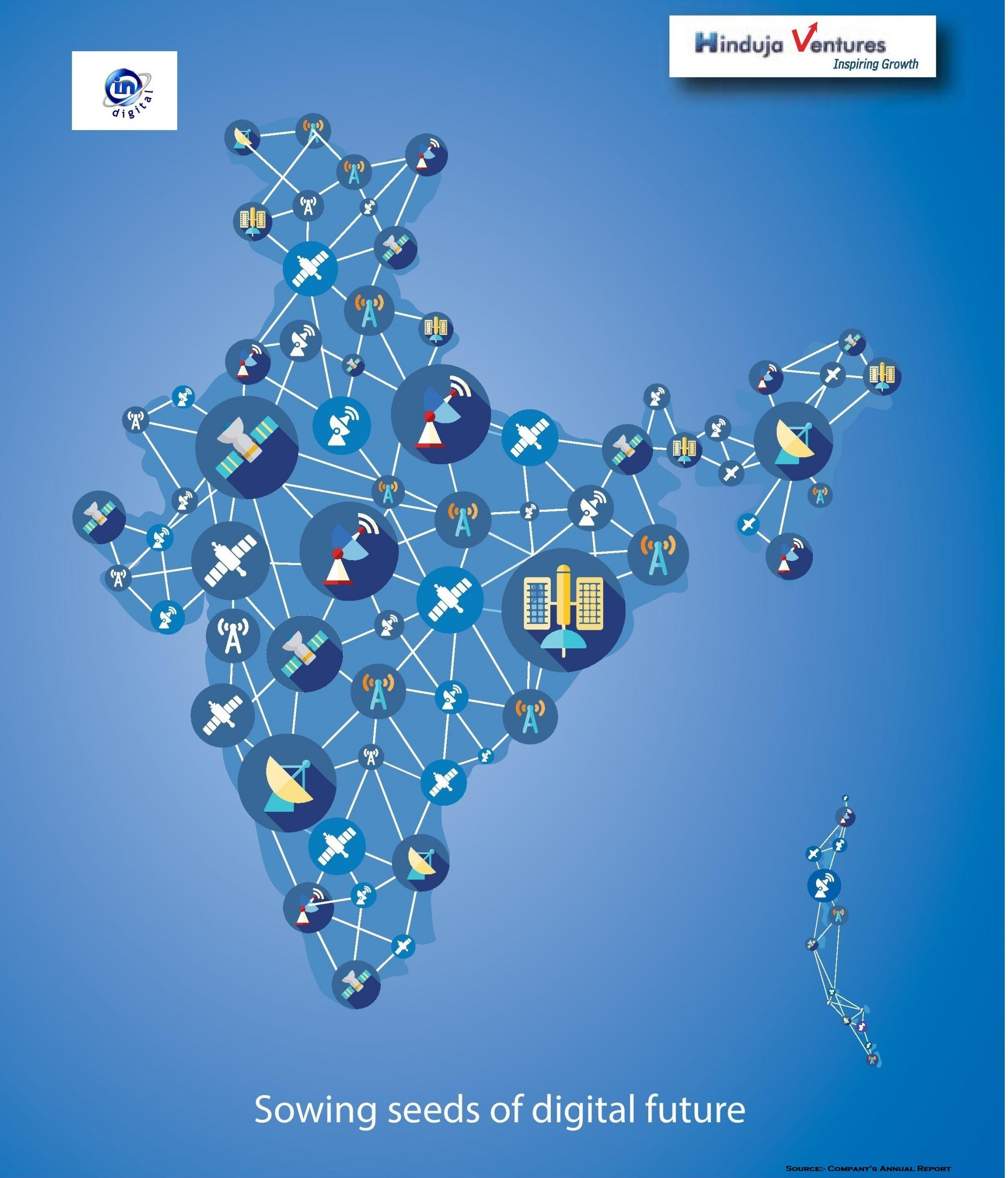The end goal of Fortis Healthcare Ltd’s restructuring was to create two listed entities, one focused on the hospitals business and the other on diagnostics. It has set about doing this in a complicated way. While the purpose will be achieved, the restructuring creates a resulting diagnostics business with a rather bloated equity base. One concern could be that private equity (PE) investors in the diagnostics business may decide to exit via this route.
The diagnostics demerger has been in the news for some months. The twist in the tale is Fortis Malar Hospitals Ltd becoming the vehicle for it; it’s a 62.4% listed subsidiary of Fortis Healthcare and runs a large hospital in Chennai with an associated diagnostics business.
Fortis Malar will first sell its hospital business to Fortis Healthcare for Rs.43 crore. With a market cap of Rs.103 crore, a day before the merger was announced, that appears to undervalue the hospitals business. In FY16, its revenue rose by 14.7% to Rs.129.6 crore but its net profit declined by 18.8%. That may explain what appears to be a low valuation. Shareholders may still question it.
The diagnostics business of Fortis Healthcare consists of two parts—running its own centres as well as the 56.4% stake it owns in SRL Ltd, which runs testing centres across the country.
The revenue attributable to this block of assets is Rs.555 crore. This business will be demerged to Fortis Malar, in return for which shareholders of Fortis Healthcare will get 98 shares for every 100 shares held. Using Fortis Malar’s market price, that translates to a value of Rs.2,519 crore (based on undiluted equity shareholding) and values it at a revenue/price ratio of five times.
If we use fully diluted shareholding, assuming full vesting and exercise of employee share options and conversion of foreign currency convertible bonds, then it will result in a higher value of Rs.2,858 crore.
It’s still not over. Fortis Malar is now left with a residual diagnostics business, a 56.4% stake in SRL and all of Fortis Healthcare Ltd’s diagnostics business. Next, it will merge SRL with itself and issue shares to SRL’s shareholders—5.6% is held by Fortis Healthcare promoters and 38.3% owned mainly by PE investors (does not total to 100 due to rounding errors). They will get 10.8 shares for every share in SRL. That’s an additional 378 million shares issued by Fortis Malar, valued at Rs.2,098 crore at the same price.
This translates to a combined valuation of Rs.4,676 crore for Fortis Malar (to be renamed SRL), based on this demerger transaction. Its equity capital will range between Rs.86 crore and could increase to Rs.91 crore on a fully diluted basis. That is much higher than the current equity capital of Fortis Healthcare of Rs.52.3 crore. The per share valuations work out to Rs.54 (undiluted) and Rs.51 (diluted).
Now, Fortis Healthcare shareholders will own shares in a hospital’s business and in Fortis Malar. The demerger could see their valuation decline based on the residual business. In FY16, the diagnostics business contributed to 18% of consolidated revenue but had earnings before interest, taxes, depreciation and amortization (Ebitda) margin of 24.1% versus the hospital business’s 14.7% margin. Diagnostics contributed to 17% of Ebitda. But Fortis Healthcare shareholders also own shares in the diagnostics business. They will hope this trades at much higher valuations once set free. Two recently-listed diagnostics companies are trading at valuations of 10 and 13 times FY16 revenue, although that seems rich. By that metric, Fortis Malar could trade at valuations of Rs.7,640 crore, based on its FY16 revenue and a price/revenue of 10 times.
How these two shares trade post-demerger will determine how much Fortis Healthcare shareholders benefit. Fortis Malar shareholders will benefit if market valuations mirror that of other diagnostic companies.
The structuring of the deal could have been less complex and a lower equity bloat would have helped. For instance, it could have merged Fortis Malar into itself, and then demerged the entire diagnostics business in one shot. More clarity on the financials of the new diagnostics entity will help in determining valuations. The merger documents do not give the post-demerger financials of the two surviving entities. An important question remains: will the PE investors in SRL use this opportunity to exit? Recent IPOs have seen PE investors exit. If SRL’s investors want to cash out, that may hang heavy over the stock, depending on how they go about it.
Recent Articles on M&A
Source: Mint





